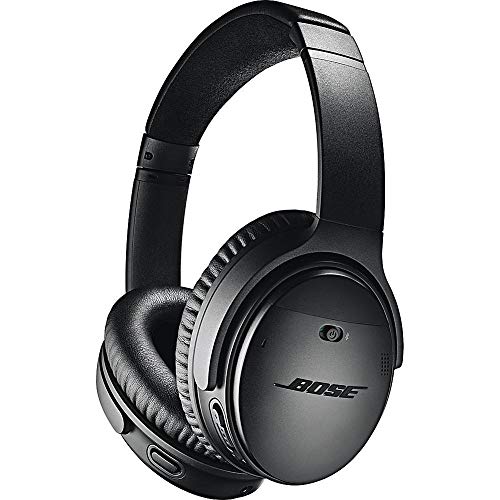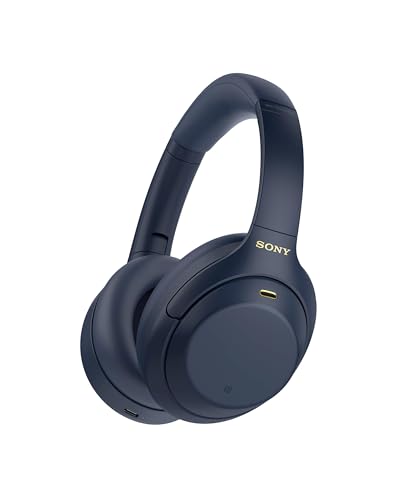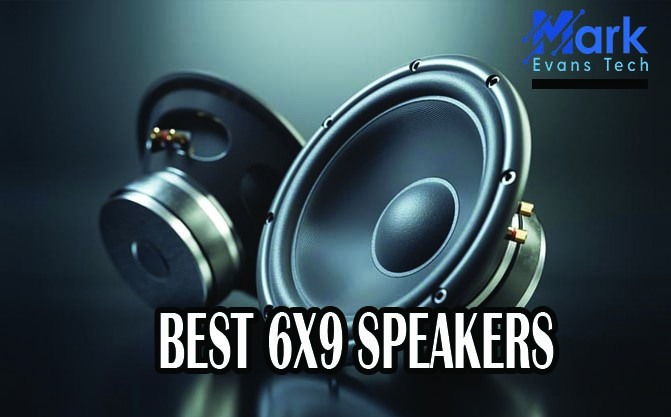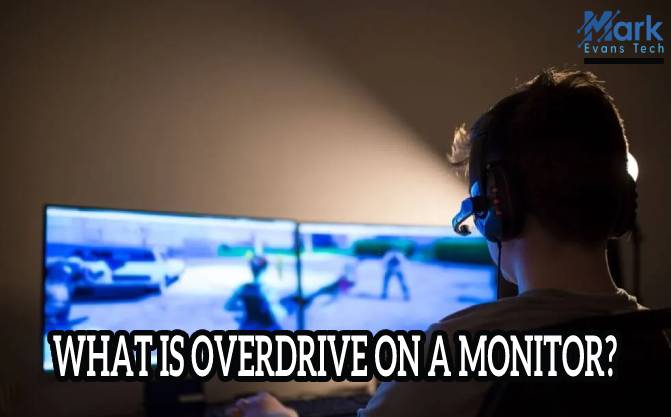noise isolating vs noise cancelling
Are you one of those people who love to play their music extra loud? Or have you seen someone listening to music and wondered what the point of using an earphone if the entire train could hear their song was? Well, put yourself in their shoes.
The poor guys are trying so hard to listen to their music, but all they can hear is the din of people yawping away! What choice do they have but to rev the volume as high as it can go?
Listening to music at such high volumes is harmful to the person with the headphones and can be annoying for fellow passengers. Luckily, there’s a solution to this. If you search for the best headphones online, you will come across the terms’ noise cancellation’ and ‘noise isolation’ several times.
These features help reduce the intensity of surrounding or ambient noise and allow for a smoother music listening experience. Although both these terms sound similar, they are not quite the same.
Also Read, How To Make Headphones Louder in 2 minutes
how it differs from - noise isolating vs noise cancelling?
Headphones with noise cancellation have an in-built technology that overrides ambient noise. They are powered by an internal battery to keep the features running. Noise isolation, on the other hand, performs the same function without the use of technology.
Headphones with noise isolation features are built in a way that prevents external sounds from entering your ear canal. As such, they are not dependent on batteries.
It is essential to keep in mind that while both these features work well to minimize unnecessary sounds, they can’t “create” complete silence. However, they will reduce external sounds of traffic, engines, and public chatter to a great extent so that you can listen to your music without much interference.
How does noise cancellation work?
The technology used in these headphones is known as Active Noise Cancellation or ANC. ANC uses microphones to pick up low-frequency ambient or external noise and ‘cancels’ it before it can reach your eardrums. This happens because the headset’s electric circuit produces an inverted or opposite frequency of the external signal.
When both the ambient and the generated frequencies reach your ear canal, the sounds end up cancelling each other. In other words, you don’t hear either of them.
Headsets with noise-cancellation require charging. Most brands supply their USB charging cables, along with instructions on how to go about. Most Bluetooth headphones come with default noise-cancellation features. Some brands have an additional supporting tech, which adjusts the noise cancellation so that it does not interfere with the music.
While ANC works perfectly against low-frequency sounds like airplanes or car engines’ humming, it may not completely block out high-pitched noises like traffic honking and loudspeakers. The effectiveness of a headphone in canceling noise also depends on the authenticity of the ANC used. As with any technology, the quality will vary from brand to brand.
ANC was originally designed for pilots to block out external noise and concentrate on important audio inputs. Today, it’s an essential technology in the music equipment industry. Besides listening to music, you can also use it to shut out the cacophony of city noises and get some much-needed silence!
What is Noise isolation, and how does it work?
There is no technology involved in headphones using the noise isolation feature. Instead, it relies on the equipment’s design and construction materials to block out as much ambient noise as possible. It’s like sound-proofing your ears. This technique is also known as Passive Noise Reduction.
For over the ear headsets, the earcup padding is usually made with memory foam. It sits snuggly over your ears and prevents noise from getting in or out. For in-ear headsets, the earplugs are ergonomically designed to fit inside the ear canal. This creates a seal that blocks out surrounding noise from entering your ears. The plugs are made of various materials, ranging from foam to plastic. They also come in different shapes and sizes to suit different ear types.
The challenge with headsets employing Passive Noise Reduction is finding the perfect fit for your ears. If the earplugs are too big or the headphones keep sliding off, the PNR will fail to work.
Which is better? noise isolating vs noise cancelling
There is no better or worse when it comes to both these features. Depending on the brand, both can work equally well in minimizing ambient sounds. You have to see which one suits you more. If you’re someone who loves listening to music while traveling, Active Noise Cancellation headphones may be a good option for you.
These are extremely effective in blocking out traffic and other environmental sounds. On the downside, its use of technology means that you will have to shell out some extra money to avail of this feature.
Beware of low-priced brands offering ANC as they often compromise on the quality of output sound. These headsets are also slightly bulkier than the other kind because the circuitry is fitted inside the earcups.
Headphones with noise isolation is a lot cheaper and do not impact the quality of your music. Its effectiveness in blocking sound, however, is directly proportional to how well it fits your ears. If you don’t mind trying out a couple of samples before purchasing the final product, this headset can be a good option. Moreover, it does not carry the additional headache of charging it just to listen to a song.
Can Noise Cancelling or Noise Isolating Headphones Cause Hearing Loss?
In one word: No. The ANC technology does not emit any harmful radiation, which can damage your ears. The most obvious downside to using headphones is the high volume at which people listen to music. Both Active Noise cancellation and Passive Noise Reduction serves to cut down external noises so that you can listen to music at lower decibels.
Conclusion
It is a matter of the fact that different cameras use different charging modes and other chargers. This article illuminates minute details concerning the charging of GoPro cameras. The standard charger recommended for most GoPro cameras is the 5V/1A ones. For models like Hero 5,6,7, Hero 2018, and Fusion, the charger 5V/3A helps give fast charging.
All the GoPro cameras charge using a USB port and plug. Different models use different USB plugs like USB-C, micro USB-B, and mini-USB.
All cables are not equally created. For the use of a USB-C plug, the 3A cable is suitable. I hope this article on Noise Isolating Vs Noise Csncelling helps you charge your trendy GoPro cameras effectively and efficiently.




![Second Monitor Detected But Not Displaying [Easy fix]](../wp-content/uploads/2022/04/second-monitor-detected-but-not-displaying.jpg)
